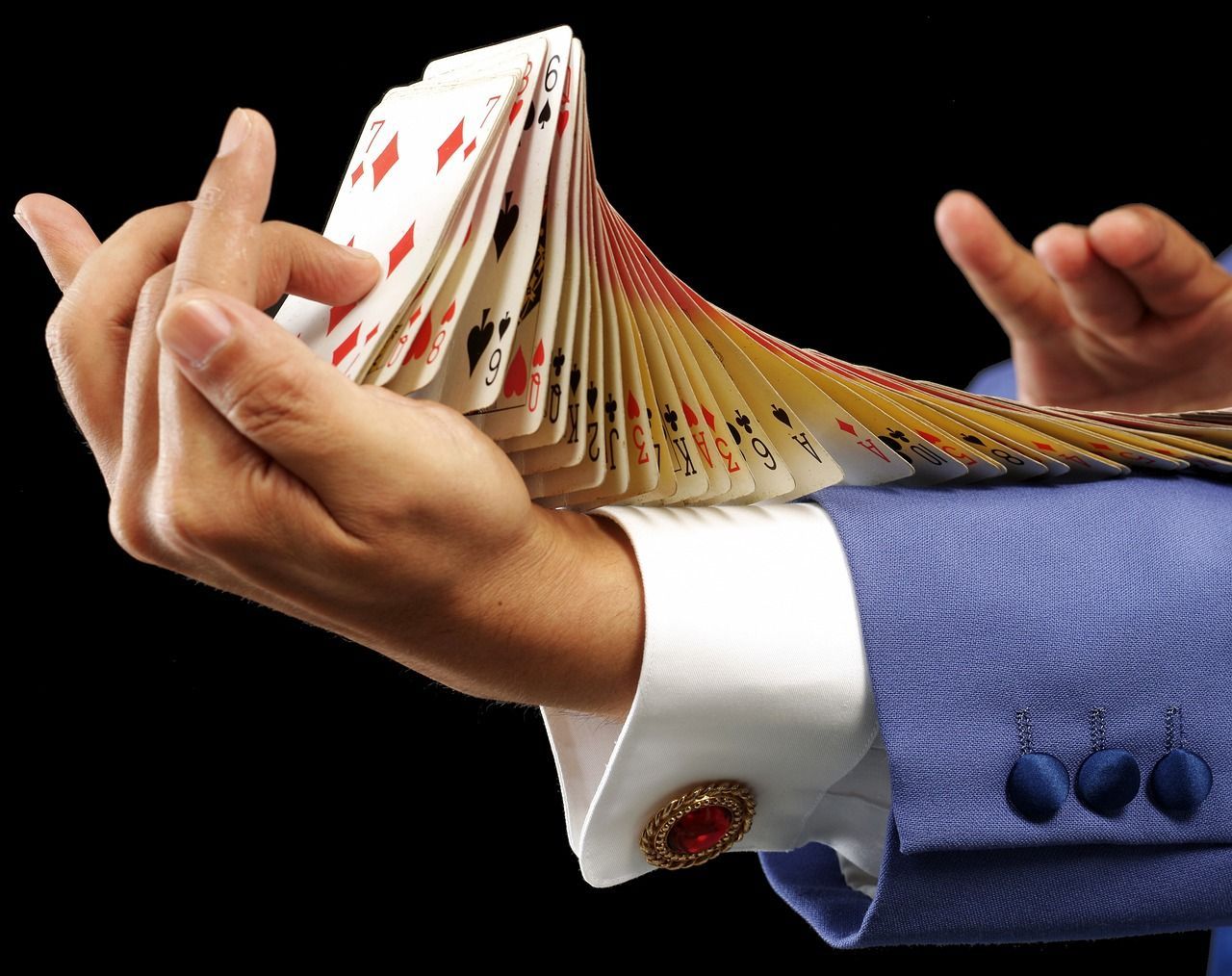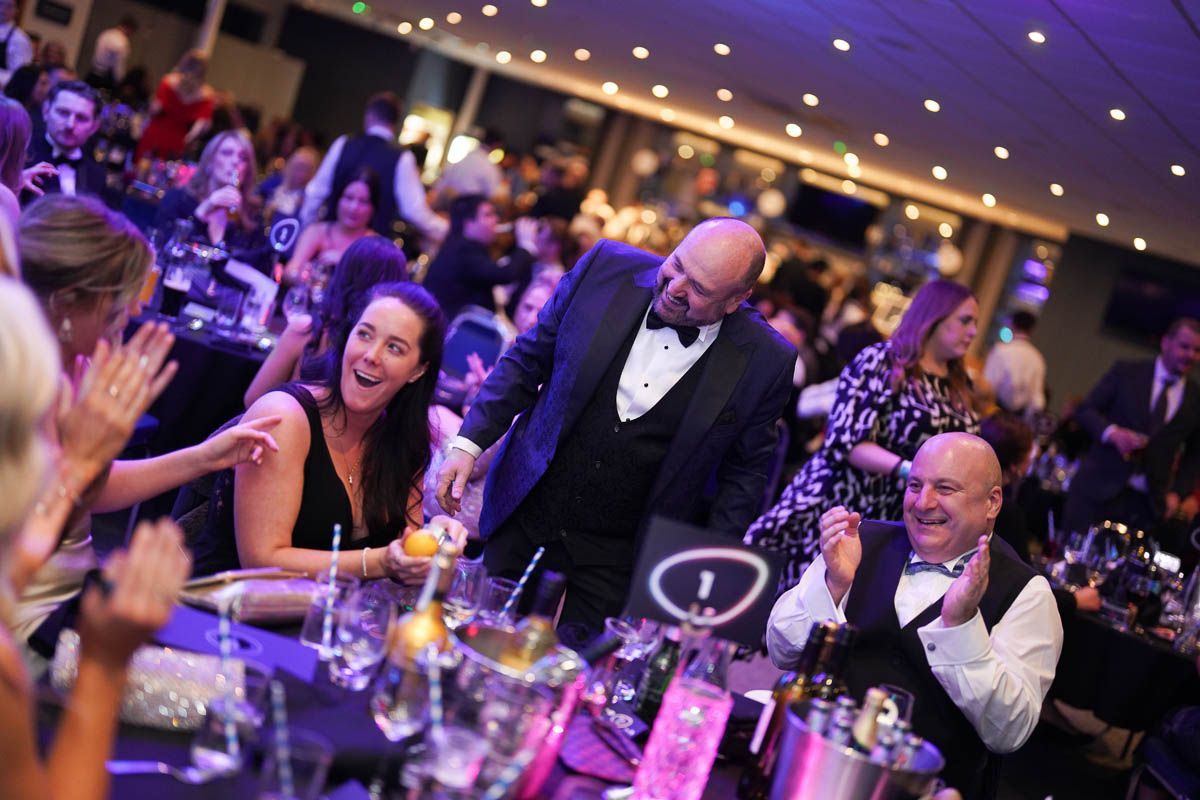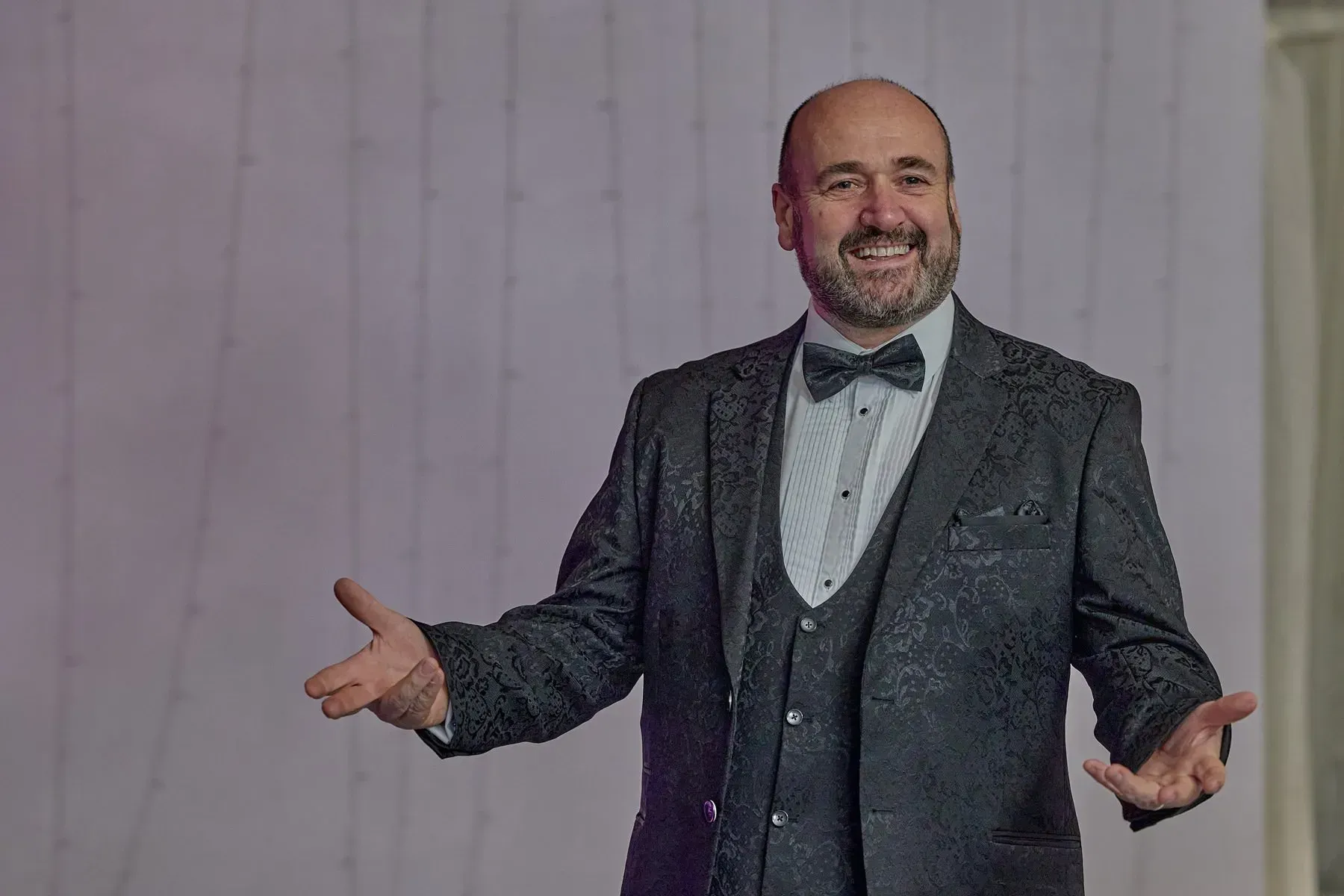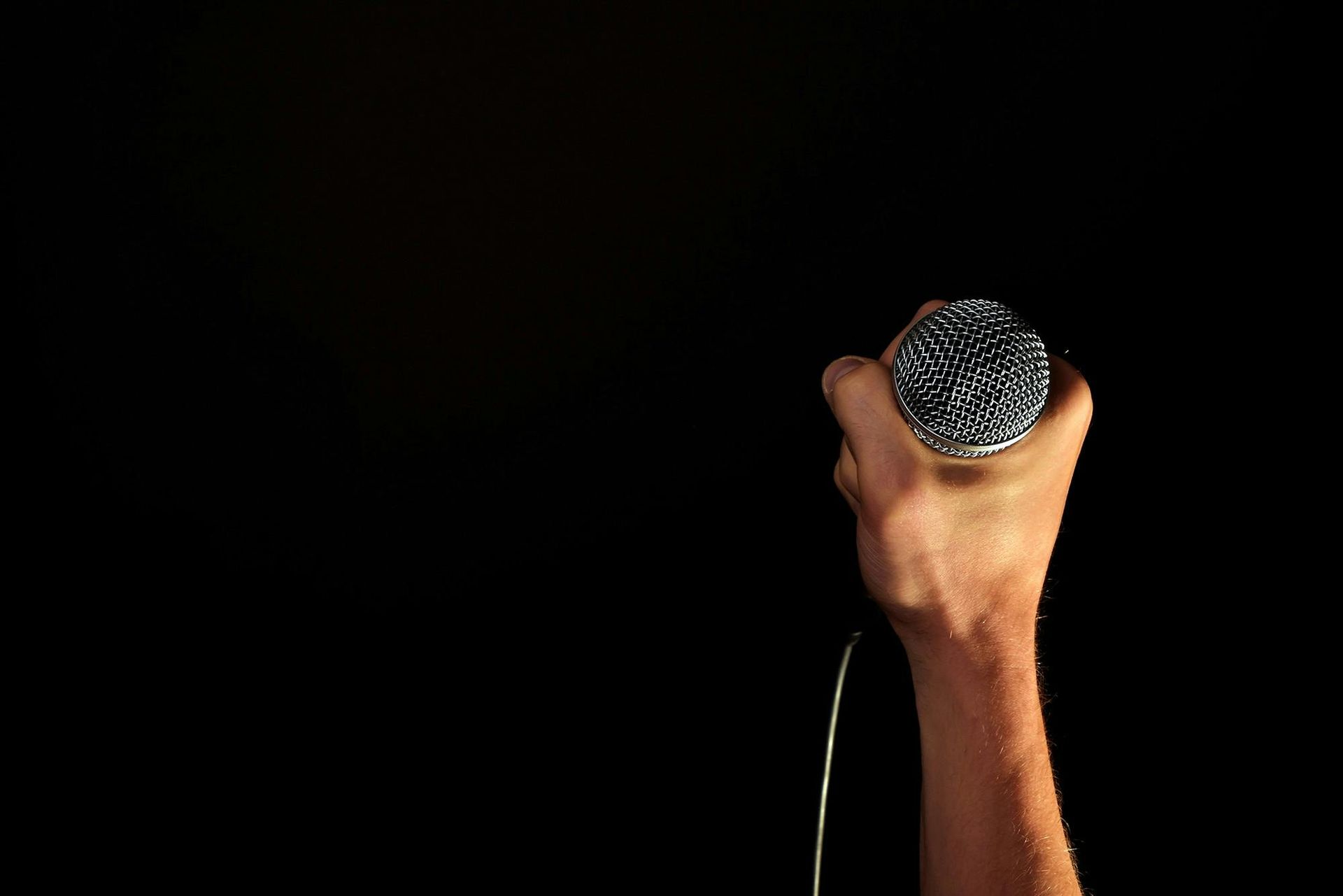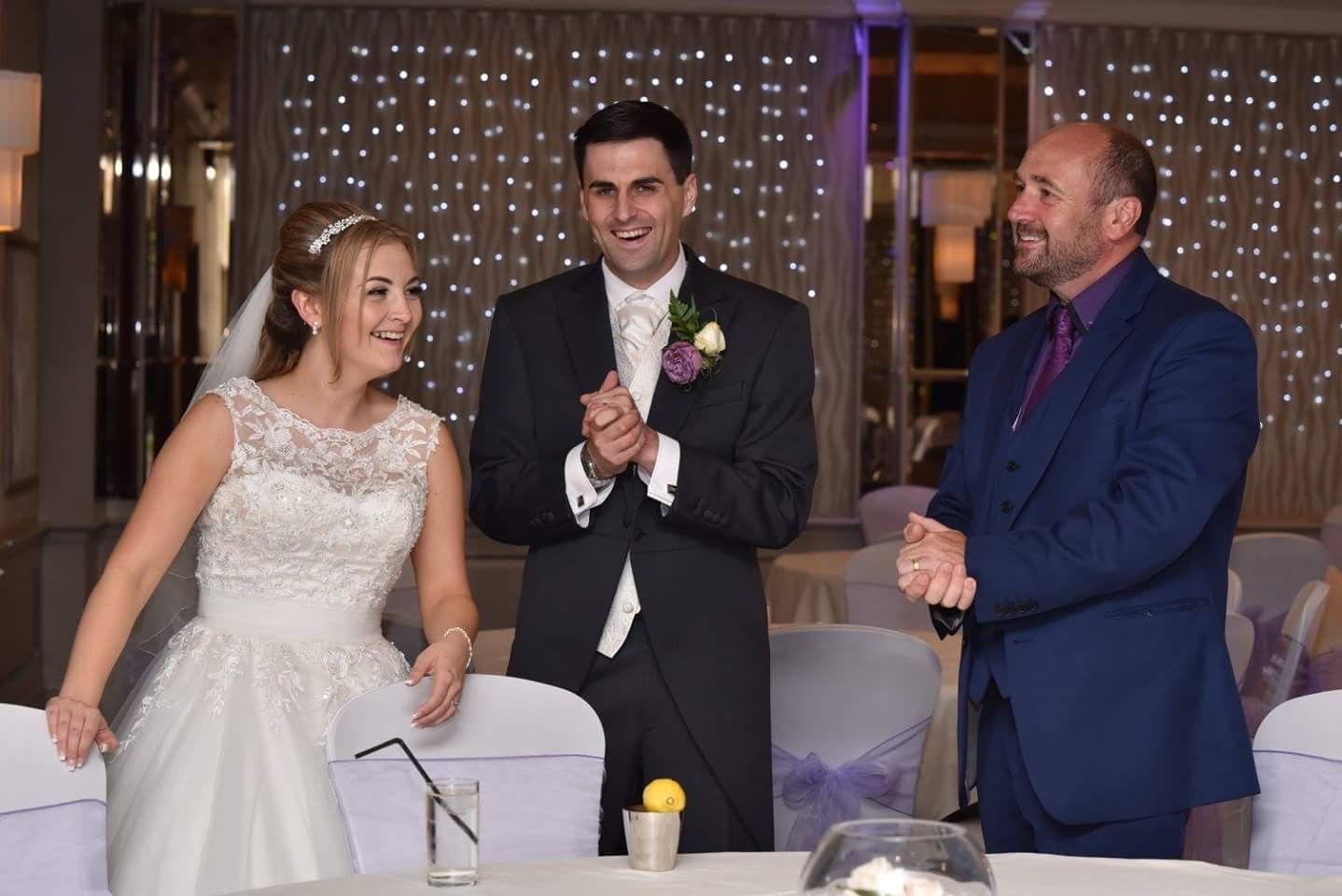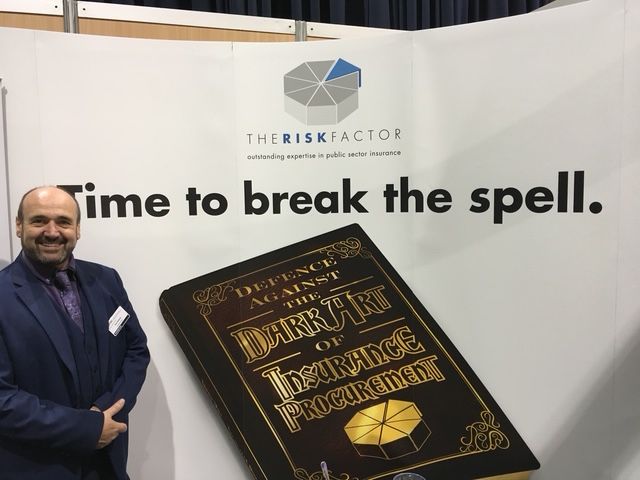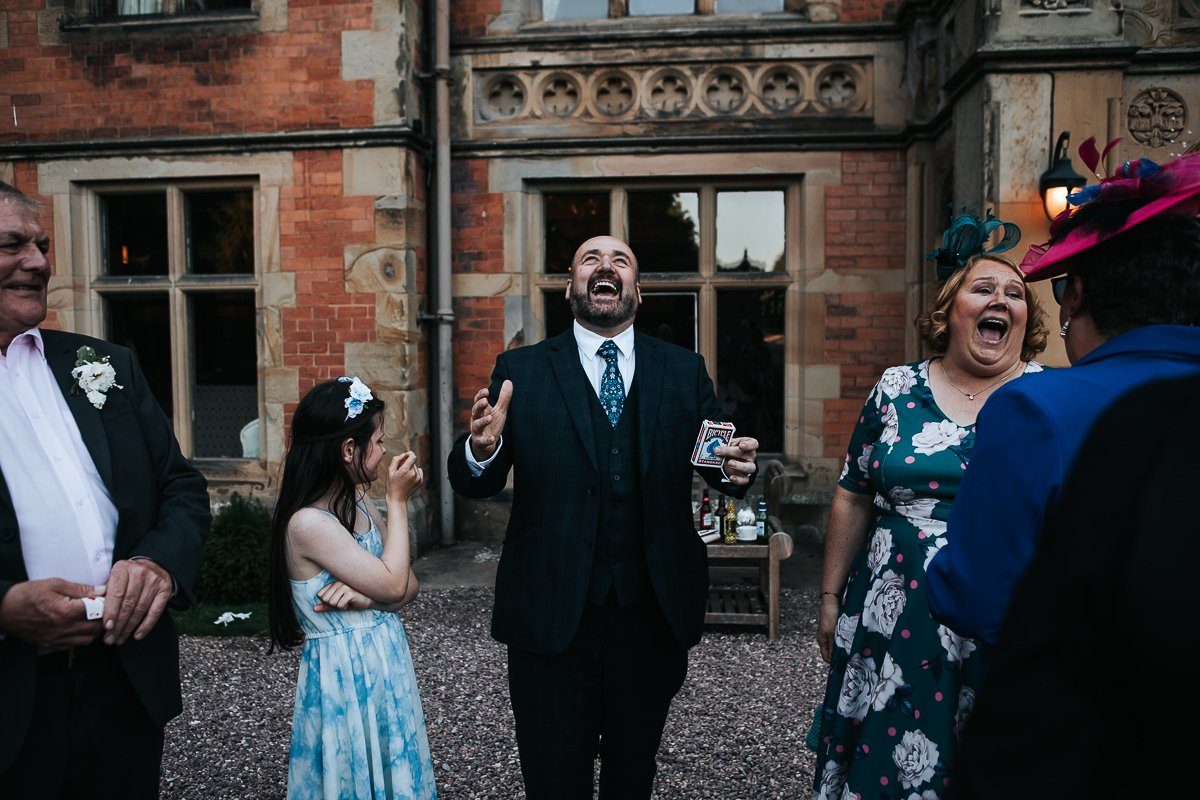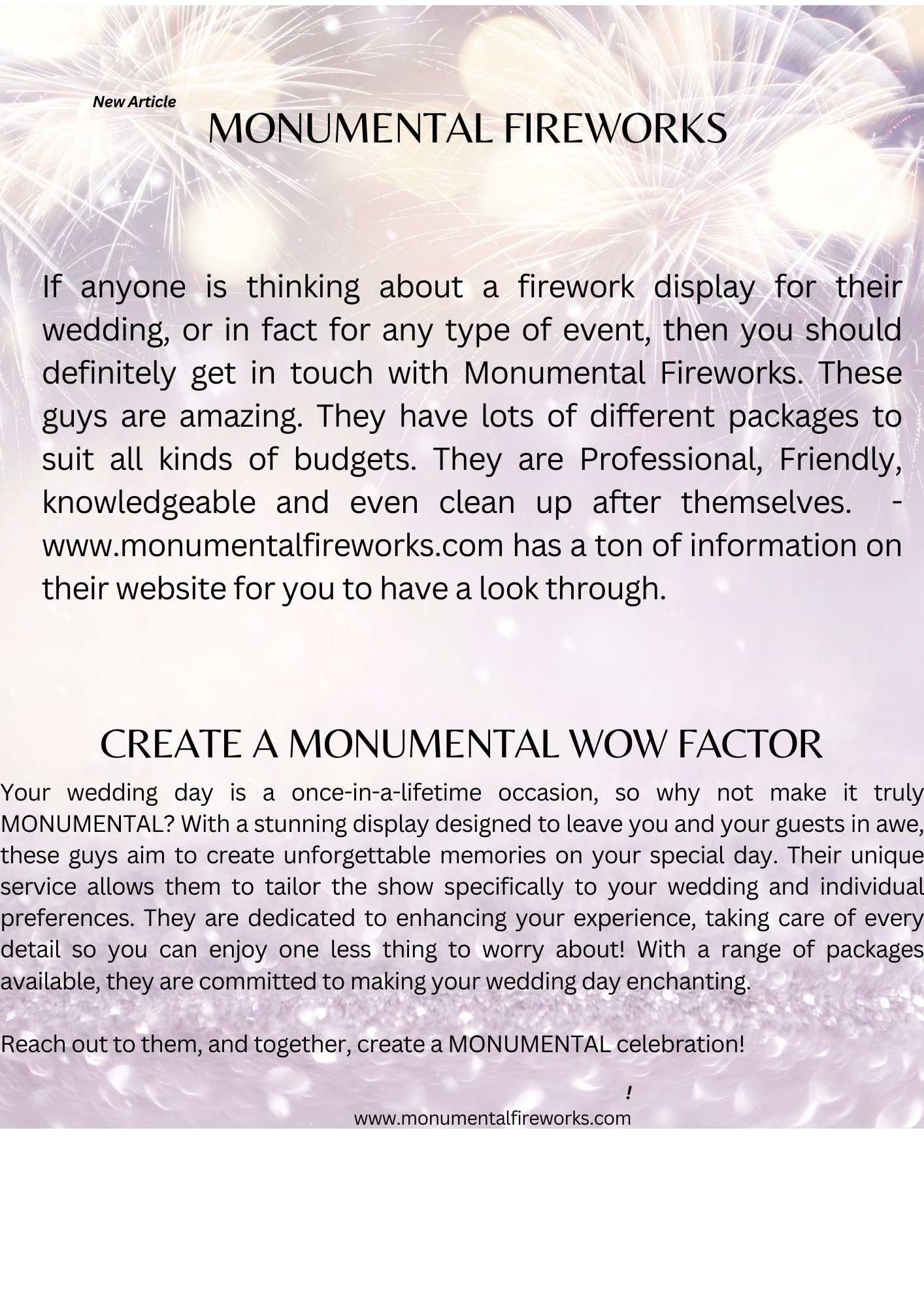The History of Magicians and Magic Worldwide: A Spellbinding Journey Through Time
How Magic has enchanted humanity for millennia.
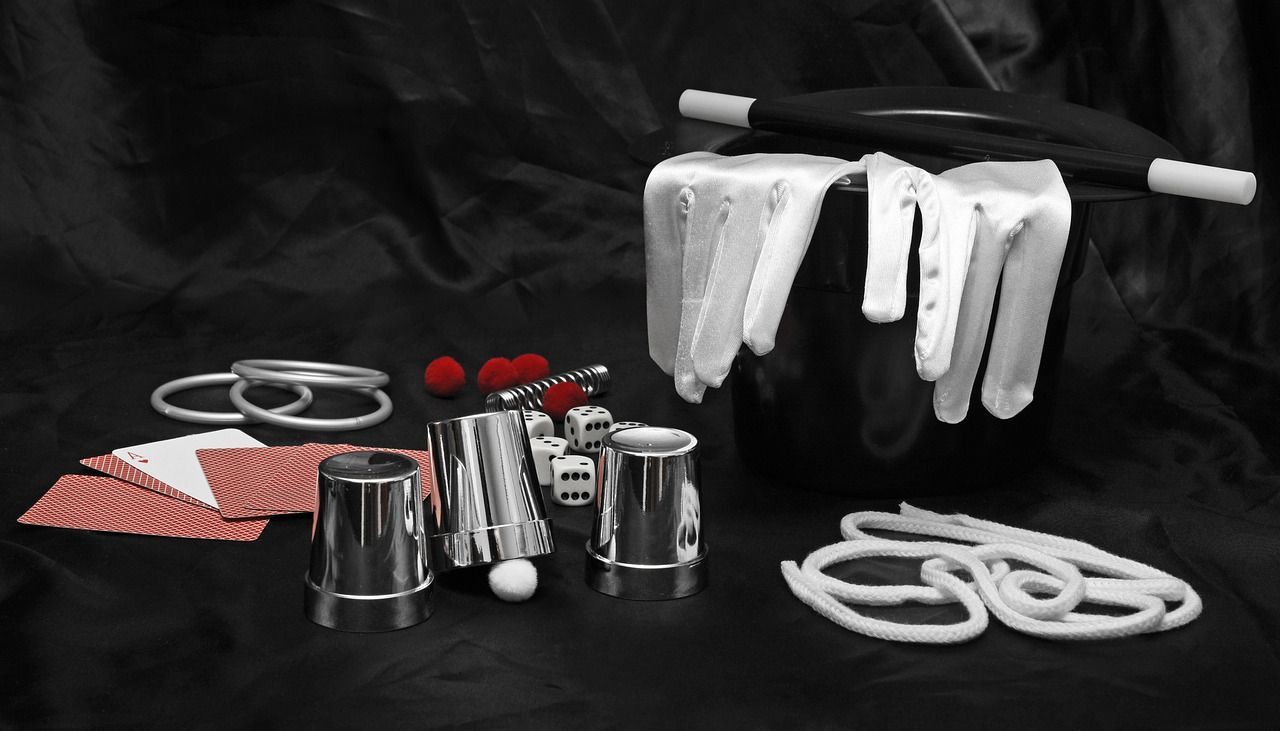
As Paul Roberts, a professional magician from Wrexham, UK, with over 30 years of performing experience, I’ve spent my career exploring the art of illusion—both on stage and in the pages of history. The history of magic is a tapestry of wonder, ingenuity, and showmanship, from ancient priests conjuring miracles to modern illusionists dazzling millions. In this 3,200-word exploration, we’ll travel through time and across continents to uncover the origins, evolution, and iconic figures of magicians worldwide. Whether you’re a magic enthusiast or simply curious about this timeless craft, join me on a journey through the history of magic that’s as captivating as the tricks themselves.
The Dawn of Magic: Ancient Beginnings
The history of magic begins not with top hats and rabbits, but with the mystics and shamans of ancient civilizations. As far back as 2700 BCE, in Egypt, a magician named Dedi performed what’s considered the first recorded magic trick: the "cups and balls." According to the Westcar Papyrus, Dedi amazed Pharaoh Khufu by decapitating a goose, then restoring it to life—a feat that echoes the sleight of hand I’ve mastered over decades in Wrexham. This wasn’t just entertainment; it was a demonstration of divine power, blending magic with spirituality.
In ancient Greece, wandering performers known as "thaumaturgists" (miracle workers) used rudimentary illusions to awe crowds, while in China, during the Han Dynasty (206 BCE–220 CE), magicians entertained emperors with acrobatics and fire tricks. These early magicians worldwide laid the groundwork for magic as both an art and a tool of influence—an idea that resonates in every performance I give today.
Magic in the Middle Ages: From Alchemy to Accusation
By the Middle Ages, the history of magic took a darker turn. In Europe, magicians often straddled a fine line between wonder and witchcraft. Figures like Merlin, the legendary wizard of Arthurian lore, symbolized the era’s blend of myth and mysticism—though whether he was a real magician or a fictional archetype remains debated. Meanwhile, alchemists like John Dee in 16th-century England, a mathematician and advisor to Queen Elizabeth I, used "scrying" (crystal ball gazing) to bridge science and the supernatural.
Across the Islamic world, scholars preserved ancient Greek and Persian texts on illusion, while in India, fakirs mesmerized onlookers with feats like levitation and the infamous "Indian Rope Trick." Magic history during this period was as much about survival as spectacle—performers risked persecution, yet their craft thrived in the shadows, setting the stage for its Renaissance rebirth.
The Renaissance and Beyond: Magic Becomes Entertainment
The Renaissance (14th–17th centuries) marked a turning point in the history of magicians worldwide, as magic shifted from mysticism to performance. In Italy, conjurers like Girolamo Scotto dazzled courts with card tricks, while in England, strolling players brought sleight of hand to fairs. By the 18th century, magic was shedding its occult stigma, thanks to pioneers like Isaac Fawkes, a British magician who popularised "pocket-picking" tricks—manipulating objects in plain sight, much like the close-up magic I now perform at weddings in Chester or at corporate gigs for Rolls Royce, etc.
Across the Atlantic, colonial America saw magicians like Richard Potter, born in 1783 to a mixed-race family, blend ventriloquism and illusion, proving magic’s universal appeal. This era birthed the magician as a showman—a tradition I proudly carry forward from Wrexham to stages worldwide.
The Golden Age of Magic: 19th Century Spectacle
The 19th century was magic’s golden age, a time when magicians worldwide became superstars. In France, Jean Eugène Robert-Houdin, often called the "father of modern magic," revolutionized the art. Born in 1805, he swapped robes for elegant suits, performing clockwork automata and grand illusions like the "Ethereal Suspension" (levitating a person). His influence reached me through stories of precision and charisma—qualities I channel in my own cabaret shows.
In the UK, John Nevil Maskelyne emerged as a titan. Starting in 1865, he debunked fraudulent spiritualists before founding a magic dynasty at London’s Egyptian Hall. His son, Jasper Maskelyne, later became the "War Magician" of WWII fame, using illusions to outwit the German Army. These British magicians shaped magic history with innovation—a legacy I nod to every time I craft a new routine.
Then there’s Harry Houdini, born Erik Weisz in 1874 in Hungary. After moving to America, he conquered the UK with escapes like his 1904 Mirror Handcuff Challenge in London. Houdini’s daring redefined magic as a test of human limits, inspiring awe that transcends borders.
Magic Goes Global: Early 20th Century Icons
The early 20th century saw magic history explode across continents. In America, Harry Kellar and Howard Thurston staged massive illusions—sawing women in half, vanishing elephants—setting a benchmark for spectacle. Meanwhile, in Asia, Chinese magician Ching Ling Soo dazzled with water bowl productions, sparking a rivalry with American imitator William Robinson (aka Chung Ling Soo), who adopted an Asian persona until his tragic death in 1918 during a bullet-catch routine gone wrong.
In India, P.C. Sorcar elevated traditional magic with modern flair, touring globally in the 1940s and ‘50s with acts like the "X-Ray Eyes." These magicians worldwide proved magic could bridge cultures—an idea I embrace when performing for diverse audiences from Manchester United events to international tours.
The Television Era: Magic in Every Home
By the mid-20th century, television brought magic history into living rooms. In the UK, Paul Daniels, born in 1938, became a household name with *The Paul Daniels Magic Show* (1979–1994). His wit and accessibility—think "Not a lot, but you’ll like it!"—made magic relatable, a lesson I learned watching him as a lad in Wrexham. Across the pond, David Copperfield, born in 1956, took spectacle to new heights, vanishing the Statue of Liberty in 1983—a feat watched by millions.
In Japan, Princess Tenko (Mariko Itakura) blended illusion with theatricality in the 1980s, while in Australia, The Great Levante toured with elaborate stage shows. This era showed magic’s adaptability, a trait I’ve honed performing everything from street magic to grand cabaret.
Modern Magic: The Digital Age and Beyond
Today, the history of magic continues to evolve. Dynamo (Steven Frayne), a UK magician from Bradford, redefined street magic in the 2000s with levitations and mind-bending stunts, filmed for global audiences. In America, Criss Angel and Penn & Teller push boundaries—Angel with edgy theatrics, Penn & Teller with intellectual deconstructions. Digital platforms like YouTube and TikTok have birthed stars like Zach King, whose "digital magic" blends editing with illusion.
Magic history now includes virtual reality tricks and AI-assisted performances, yet the core remains unchanged: wonder. As a magician from Wrexham, I’ve adapted too—mixing classic sleight of hand with modern twists for 21st-century crowds.
Magic’s Enduring Legacy Worldwide
From Dedi’s ancient cups and balls to Copperfield’s vanishing landmarks, the history of magicians worldwide is a story of resilience and reinvention. Each era and culture added threads to this global tapestry—Egypt’s priests, Europe’s showmen, Asia’s mystics, America’s illusionists. Famous magicians like Houdini, Robert-Houdin, and Daniels didn’t just perform; they shaped how we see the impossible.
For me, magic is personal. Growing up in Wrexham, I was captivated by these legends, dreaming of the day I’d hold audiences spellbound. Thirty-six years later, I’ve performed for thousands—weddings, corporates, cabaret tours—each gig a tribute to this heritage. The history of magic teaches us that it’s not just about tricks; it’s about connection, storytelling, and that fleeting moment when reality bends.
Bringing Magic to You
If this journey through magic history has sparked your curiosity, why not experience it live? As Paul Roberts, Magician from Wrexham, UK, I offer performances that blend this rich legacy with modern flair. From close-up magic at your event to a full-stage show, I’m here to make your occasion unforgettable. Contact me at pauls_magic@hotmail.com or Telephone 07909590660 and let’s create some magical memories together!
Contact Details
Phone: 07909590660
Email: pauls_magic@hotmail.com
All Rights Reserved | Paul Roberts Magic


